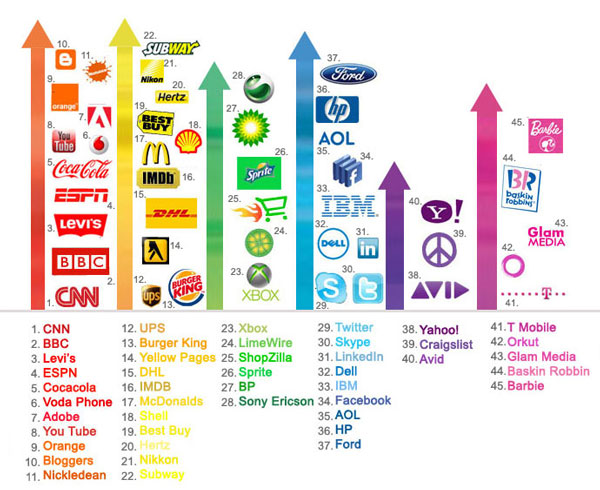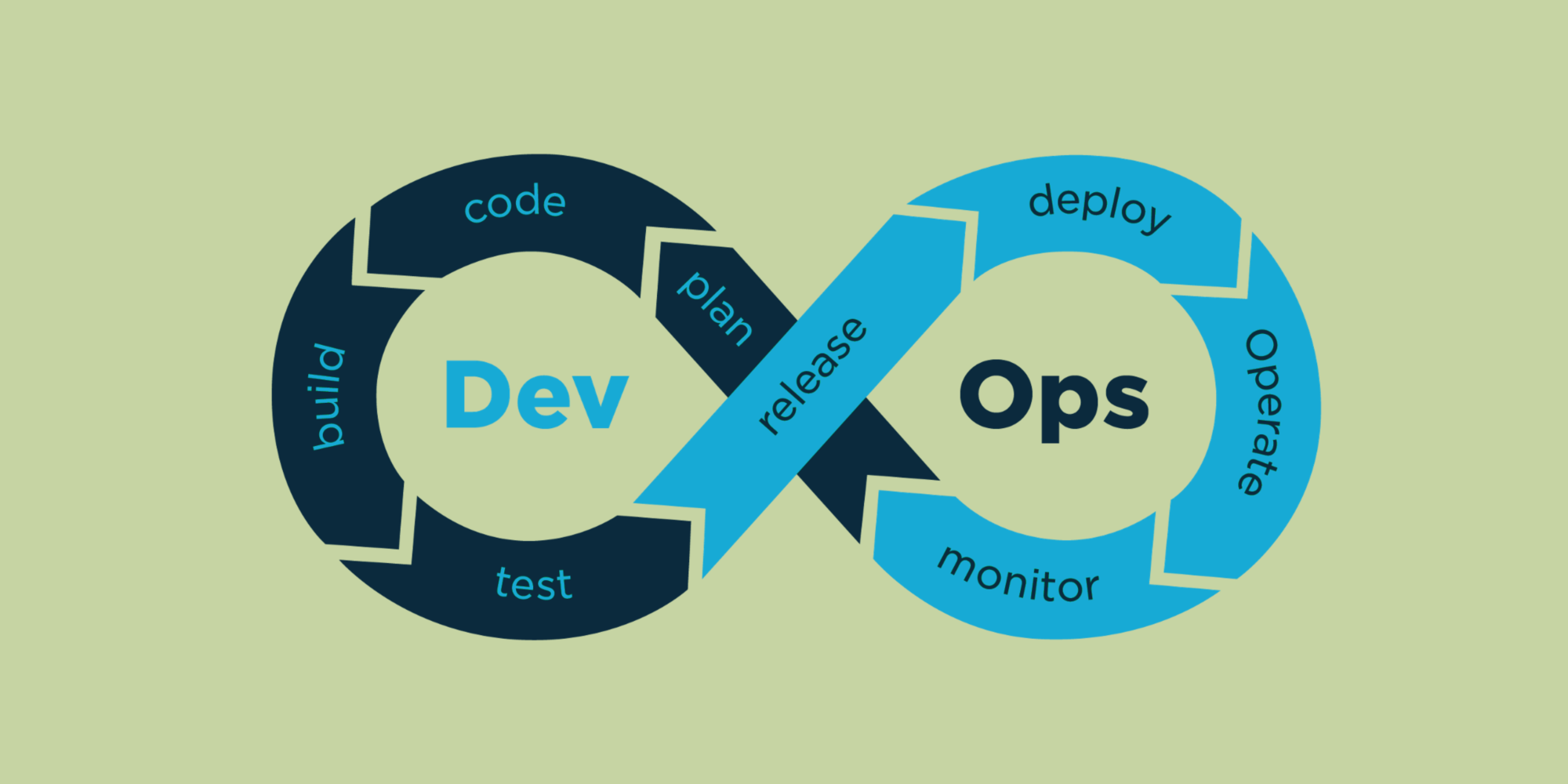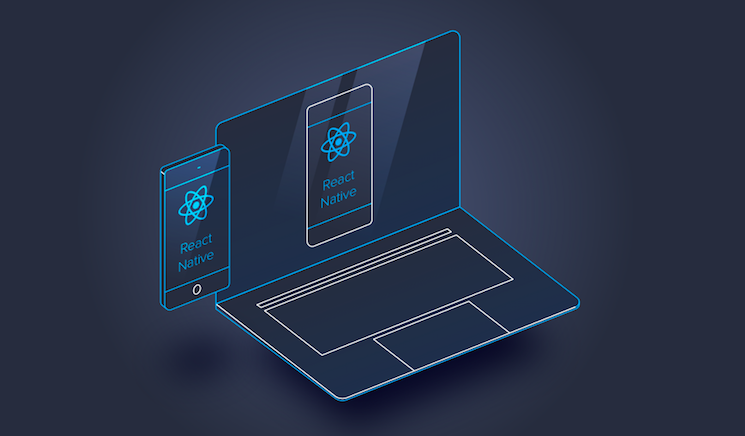Cloud services and their types

Cloud services have long become an integral part of the IT infrastructure of modern companies. They provide the ability to store, process, and access data over the Internet, significantly simplifying many business processes. In this article, we will look at the basics of cloud services, their main advantages and disadvantages, and future prospects.
Basics of Cloud Services
Cloud services can be divided into three main categories:
IaaS (Infrastructure as a Service): Provides basic infrastructure such as virtual machines, storage, and networks. Examples: Amazon Web Services (AWS), Microsoft Azure, Google Cloud Platform (GCP).
PaaS (Platform as a Service): Provides platforms for developing, testing, and deploying applications. Examples: Heroku, Google App Engine, Microsoft Azure App Service.
SaaS (Software as a Service): Provides ready-to-use software applications over the Internet. Examples: Google Workspace, Microsoft Office 365, Salesforce.
Just like the categories of cloud systems, there are also types of clouds themselves:
- Public Clouds
Public clouds are provided by third-party providers such as Amazon Web Services (AWS), Microsoft Azure, and Google Cloud Platform (GCP). Resources such as servers and storage are located in the provider's data centers and are provided to multiple clients.
- Private Clouds
Private clouds are intended for use by a single organization. The infrastructure can be hosted either in the company's own data centers or by a third-party provider, but the resources are exclusively dedicated to that organization.
- Hybrid Clouds
Hybrid clouds combine elements of both public and private clouds, allowing companies to use the advantages of both types. Data and applications can move between private and public clouds depending on the needs.
The types of clouds differ in flexibility, cost savings, and other characteristics, and are accordingly used in various contexts.
Advantages of Cloud Services
Cost Savings
- No Capital Expenditures: Companies do not need to invest in expensive equipment and its maintenance. All necessary resources are provided by cloud providers.
- Pay-as-You-Go: The subscription or pay-per-use model allows companies to optimize expenses and pay only for the resources they actually need.
Scalability and Flexibility
- Easy Scaling: Cloud services allow for quick scaling of resources up or down depending on business needs.
- Global Access: Data and applications can be accessed from anywhere in the world, which is especially important for companies with distributed teams.
Increased Reliability and Security
- Backup and Recovery: Cloud providers offer automated solutions for data backup and recovery, reducing the risk of data loss.
- Updates and Patches: Software updates and security are automatically managed by the provider, freeing up company resources for other tasks.
Collaboration and Integration
- Enhanced Collaboration: Cloud technologies simplify collaboration on projects by providing access to shared documents and tools in real-time.
- Integration with Other Services: Many cloud solutions easily integrate with other popular services and applications, simplifying IT infrastructure management.
Disadvantages of Cloud Services
Cloud systems, along with their advantages, also have disadvantages such as the risk of data leakage, complex control, the necessity of constant internet access, possible data transfer delays, and more.
Future of Cloud Services
Development of Hybrid Clouds
- Combining Private and Public Clouds: Hybrid cloud solutions allow companies to leverage the benefits of both public and private clouds, ensuring flexibility and control over data.
Growth of Multicloud Strategies
- Using Multiple Cloud Providers: Companies are increasingly choosing multicloud strategies to optimize costs, improve fault tolerance, and minimize dependency on a single provider.
Integration with AI and Machine Learning
- Improved Data Analysis: Cloud platforms are actively integrating AI and machine learning tools, allowing for enhanced data analysis and business process automation.
Strengthening Security Measures
- New Security Approaches: Cloud providers continue to develop and implement new data protection methods such as encryption, multi-factor authentication, and user behavior analysis.
Cloud services offer numerous advantages such as cost savings, scalability, reliability, and flexibility, making them attractive to companies of all sizes. Despite existing disadvantages, cloud technologies continue to evolve and offer more and more opportunities for businesses.


















































